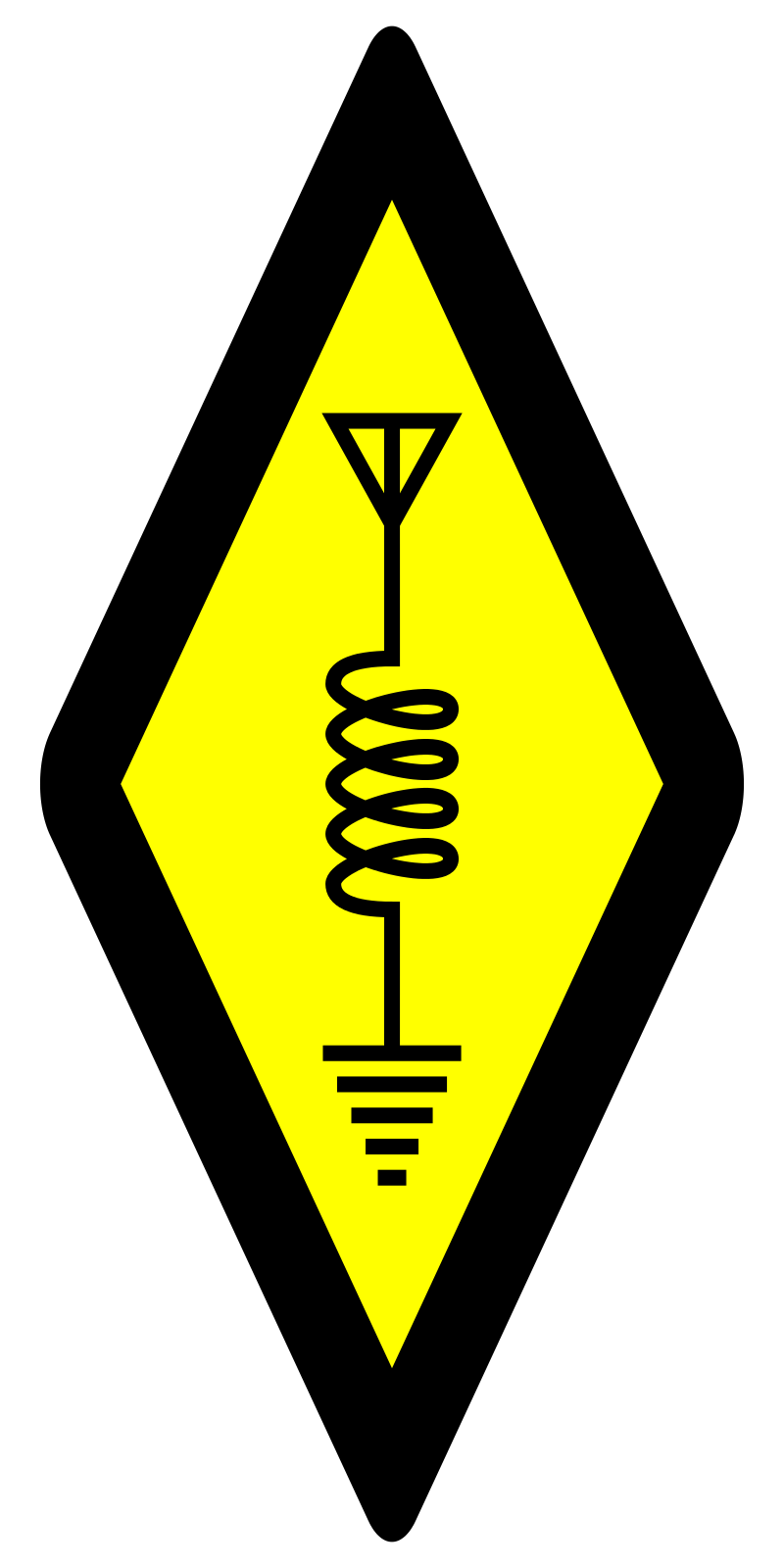By Onno VK6FLAB
During the weekend I participated in a contest. Before you get all excited, it was only for a couple of hours over a few different sittings and while I had plenty of fun, of the eleven QRP, or low power, contacts I made, nine were on VHF and UHF, two were on 10m HF. Mind you, 3,200 and 3,500 km contacts are nothing to sneeze at.
It has been a while since I’ve actually been on HF, so long that it felt like turning on a new radio and getting used to it all over again. If you’re not sure what I’m describing, let me elaborate. A new radio takes a few goes to calibrate your ear and brain to learn what you can expect to hear and work. On some radios if you can hear the other station, you can work them. On others, unless they’re pegging the S-meter, you’ve got no chance. QRP adds an extra layer of challenge.
A few hours earlier I’d been discussing HF band conditions and one comment that stuck in my mind was that the bands appeared to be more quiet than normal. At the time, nobody could put a finger on why or how, but there appeared to be a general consensus that this was the case.
So when I tuned to 10m, after having switched off my beacon, which I promptly forgot to turn back on for 36 hours or so, I went hunting for stations to contact. I heard a few, but their signals were very weak. Noise levels were amazing, very quiet, but stations were very low down. I thought nothing of it, given the discussion we’d just had, and persisted and as I said, I made two contacts.
Since contacts were hard to come by, I started playing with another experiment I’m working on. Specifically I’m using something called USBip to connect to some USB devices across my network. The way it works is that you plug the devices, like a CAT cable and a USB sound-card into a Raspberry Pi, then using another computer, you can access those devices wirelessly as-if they’re physically connected to the other computer. This is useful if you don’t want to subject an expensive computer to any stray RF that might be coming in via a USB port. I’ve written some hot-plug support for this, so you can just connect and disconnect USB devices without needing to fiddle. You’ll find the code on my github page.
Given that stations were few and far between and not staying in one place, I moved to a local AM broadcast station, so I could test the USBip sound-card link and all I heard was absolute garbage audio coming from that station. I turned on another radio and it too had the same rubbish audio. After a couple of hours fiddling with RF-Gain and still not getting anywhere I started searching online for an answer. One thread, 27 posts long, seemed to describe what I was hearing. Bill N8VUL supplied the answer: “Make sure AGC is on”
So, no. It wasn’t, on either radio.
Why it was off on both radios I will never know. It did make me start exploring again just what other settings I have access to on my radio and what they sound like. Turns out that there’s not a lot to be found that has any basis in fact. There were a lot of videos showing amateurs pushing lots of buttons uttering phrases like: “Can you hear the difference?” with nothing much materially changing.
The closest to something useful was a YouTube video by Doug N4HNH, called “ATT, IPO, [and] RF Gain” in which he shows some of the effects of each of those options on a Yaesu FT DX 5000. One thing I noticed is that the radio has a neat display that shows the signal path as it passes from a selected antenna through those options and more, highlighting which ones are in use.
I started hunting around to see if such a block diagram exists for my FT-857d. Unfortunately I didn’t manage to find any such diagram, not even for another radio. The closest I got was the image on page 30 of the FT DX 5000 Series Operating Manual.
I did learn that the attenuator on my radio is 10 dB and it doesn’t function on 2m and 70cm. As for the AGC, the user manual doesn’t help much. It states that it’s used to disable the Automatic Gain Control and normally it should be left on. There’s some discussion around the interaction between the “RF Gain” knob and the AGC, but I must confess that finding useful examples of this managed to elude me.
At this point I have no idea what the difference is between the block diagram on the FT DX 5000 and my FT-857d, other than the obvious single antenna port and plenty of missing features. I find it surprising that for a radio that was introduced over 20 years ago, this kind of information appears to be lacking. Especially since it would help any new amateur operate their radio better and understand the impact of each particular setting on the signal that they were hearing.
If you know of any such resource, reach out, my address is cq@vk6flab.com
Meanwhile I’m going to spend some quality time with my radio and the manual and see what other hidden gems I can find and if you know me at all, you’ll know that this isn’t the first, second or even third time that I’m going through the manual of a radio that I’ve now owned for nearly as long as I’ve been an amateur.
I’m Onno VK6FLAB

